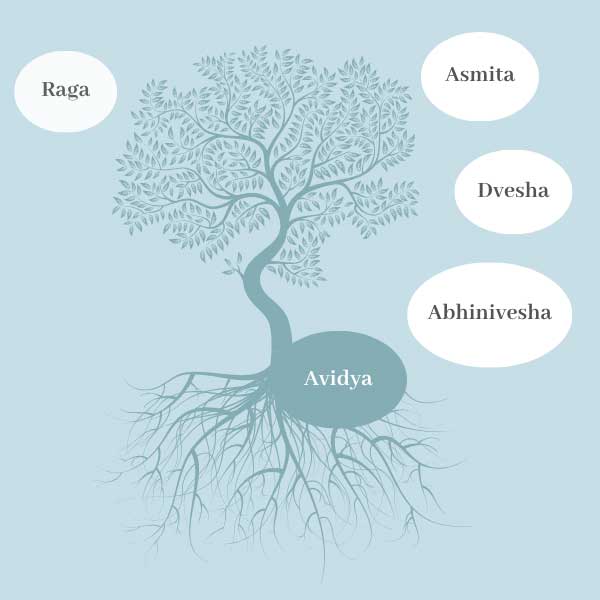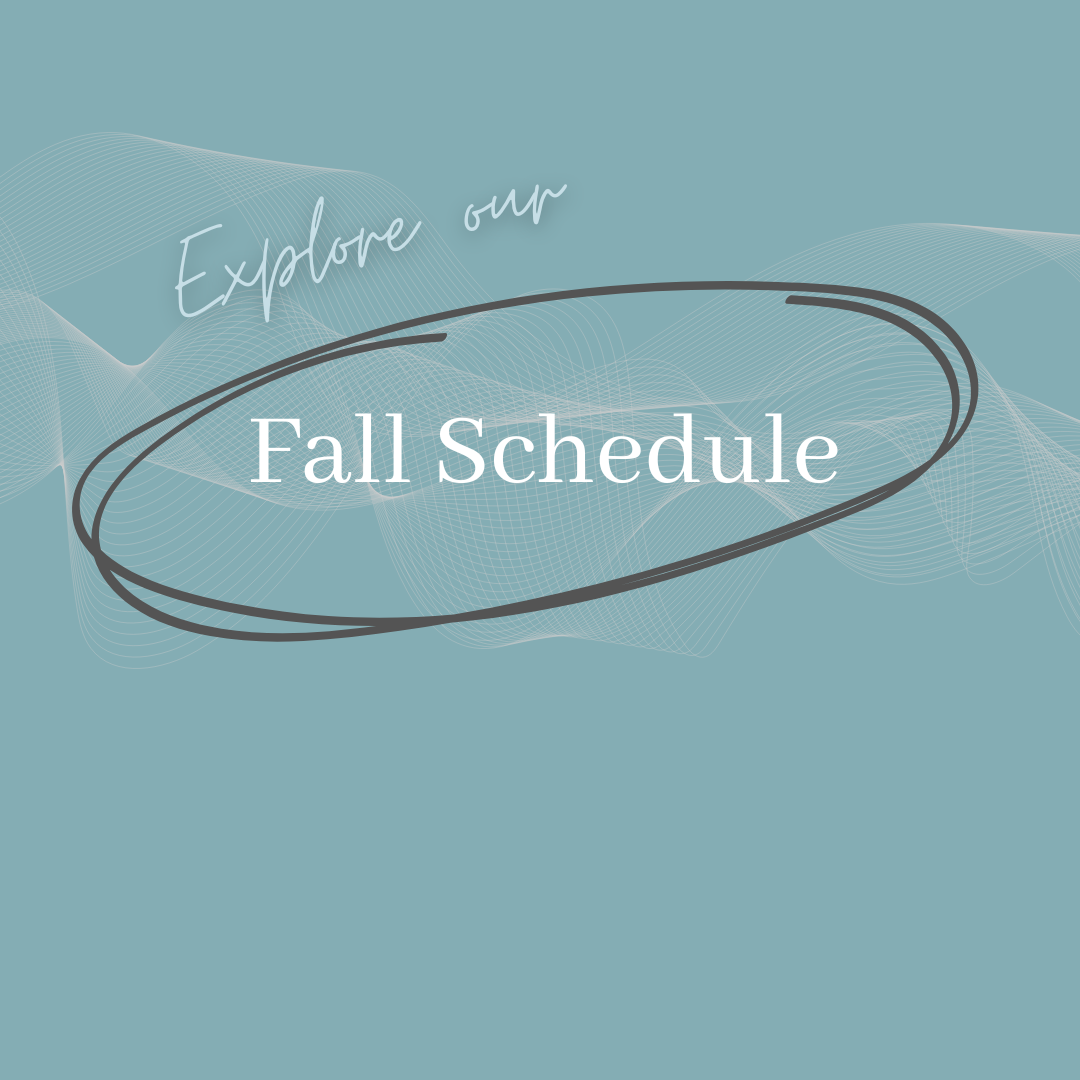News & Posts
Newsletter Highlights

Find the extra motivation you need to stay active and mindful this holiday season at Body Balance Studio. The challenge: Complete 24 classes in 60 days — from November 1 through January 1, 2026.

After Avidyā (ignorance) and Asmitā (ego), the third of Patanjali’s five Kleshas is Rāga, or attachment. Rāga arises from our longing to repeat pleasurable experiences or hold onto what feels good. It’s the mind’s habit of saying “I want more of this, I can’t let it go.”

Following Avidya, the second of Patanjali’s five Kleshas is Asmita, often translated as “ego” or the sense of “I.” At its root, Asmita is the identification of the Self with the mind, body, or roles we play in the world. While a healthy sense of identity helps us navigate daily life, when we cling too tightly to ego, it creates separation — from others, from truth, and from our deeper nature.

In Patanjali’s Yoga Sutras, Avidya is identified as the first and most fundamental of the five Kleshas, or causes of suffering. Often translated as “ignorance,” Avidya is more accurately a lack of right knowledge or a distortion in perception. It’s when we mistake the impermanent for permanent, the impure for pure, the painful for pleasurable, and the non-self for the true self.

Over the next six months, we’re diving into one of yoga’s most transformative teachings: the Kleshas, or mental and emotional afflictions, known as the tree of suffering in the Yoga Sutras.


The wisdom body, it’s the layer of intuition and inner knowing, guiding us toward truth and insight. Journaling and reflective practices can help us connect with this inner wisdom.

The mental and emotional layer that shapes your thoughts, feelings, and perceptions.

Let’s connect to the Pranamaya Kosha this March, the energetic body, where breath flows and life force resides. Pranayama (breathwork) practices help us balance and energize this layer, creating harmony between the physical and subtle energies.

2025 kicked off our new theme of exploring the Kosha System. These are the 5 subtle bodies that together make up the human experience.

Over the next 12 months we will take a journey through the Koshas and Kleshas. In yoga philosophy, the Koshas are described as the five layers of being that represent different aspects of ourselves, from the physical body to the deepest spiritual essence.

This powerful standing yoga pose includes strengthening the legs and core, improving stamina and balance, and opening the hips and chest. Modifications can be made by shortening the stance, using a chair for support under the front thigh to ease knee strain, or practicing this pose kneeling.

Give the gift of Yoga to yourself this year that is packed with gifts to give loved ones. Only 20 memberships available with $290 in added bonuses.

Black Friday Starts Early, Shop Now and Save. Get your wellness and mindfulness on track this holiday season. DE-STRESS with us all through the holidays and into 2025. Get 10% Off Our Two Most Popular Packages.

Our Annual Healthy Holiday Challenge is back. Find extra motivation to stay active and mindful this holiday season at Body Balance.

This pose is a deep hip opener where one leg is extended back and ideally the other leg is bent in front with the shin parallel to the mat.

This pose improves balance, strengthens the legs and core, and opens the chest, shoulders, and hip flexors.

A gentle backbend, involving lying on your stomach and lifting your chest while supporting the upper body on your forearms.

A balancing asana that enhances focus, concentration, and help your grow strong roots.

Embody the essence of courage and resilience through this powerful standing pose.

Easy Pose, seated, or Sukhasana is often found at the beginning and/or end of yoga class.

Take time for yourself and enjoy unlimited regular classes this summer! Save with a membership covering Memorial Day to Labor Day. Take time for yourself and enjoy unlimited regular classes this summer!






